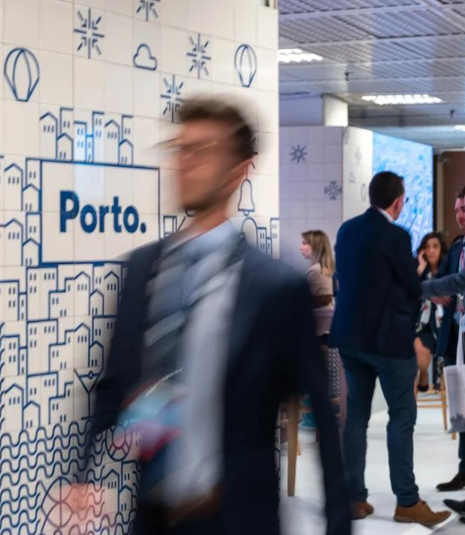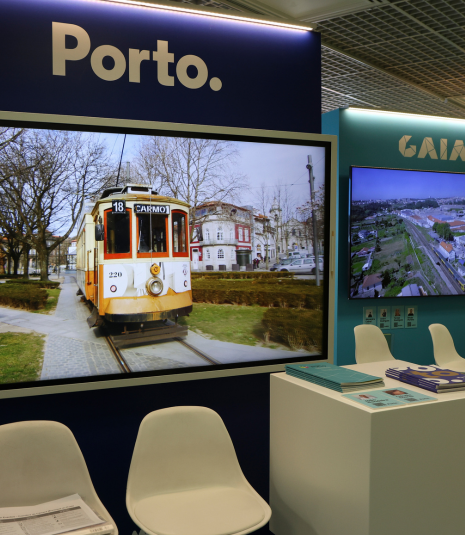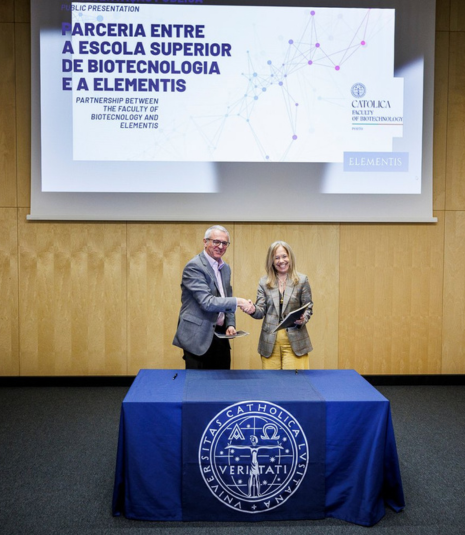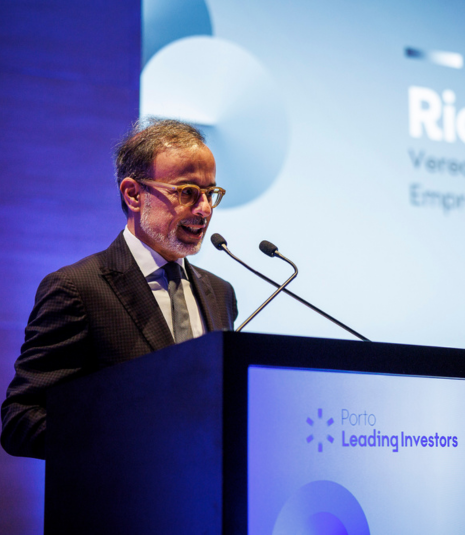Porto's Eastern Area will be transformed to create new urban dynamics
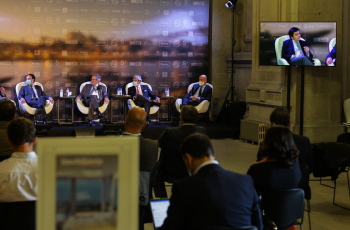
Vida Imobiliária
· 27 Nov 2020
Finally, several major projects have started in the city of Porto and the eastern area is the main focus of the municipality, which has prepared a dedicated masterplan.
The major structuring projects in Porto were highlighted during the conference "The creators of the city - The new structuring projects in Porto", co-organized by VI, APPII, and Predibisa, and which took place on November 26th, part of the Porto Urban Rehabilitation Week.
Among these projects is the new Campanhã Intermodal Terminal. Porto City Council is also developing a set of rehabilitation projects for the Justino Teixeira area, between the terminal and Avenida 25 de Abril, where "we want to create a strong service area, with a strong construction index", since "together to an intermodal pole there must be great density and urban growth".
Included is the new affordable housing project at Monte da Bela, in addition to Praça da Corujeira, "the heart of Campanhã. That square remains to be fulfilled and integrated into the city's structure".
Porto City Council also intends to boost the Freixo riverside front, "the last with some extension that remains to be developed, and it is an undeniable opportunity", namely by creating a Museum of Industry and "a new cultural pole" on the grounds of the old power station of EDP.
But the "touchstone" of this area of the city is, according to Pedro Baganha, the Slaughterhouse project, an investment of 40 million euros by Mota Engil that will create a new business, cultural and social hub here. "To bring exogenous dynamics to these areas, in a territory that is very conditioned by its orography and that has mobility problems, despite being located here the largest intermodal terminal in the city".
Vítor Paulo Pinho, General Director of Mota Engil, says that the company had "no doubts whatsoever about investing in this project. We want the Slaughterhouse to be a reference place in the city, and the return will be safe, in our perspective".
Still north of the Slaughterhouse, the municipality intends to transform the place still occupied by the Supply Market of the Porto Region, considering its relocation a gain for the city and for the market itself.
Despite the focus on the eastern area of the city, Pedro Baganha recalled that "Porto has a number of other opportunities, such as the completion of Nuno Álvares avenue and surrounding areas", he exemplified.
Hugo Santos Ferreira, Vice President of APPII, also participated in this debate, and guarantees that "investors want to be part of the public policies of cities, building our cities of the future. Count on us, we want to be at your side and we must follow this path of partnership". But he warns that "in order to bring this investment to Porto we need a friendly environment, and Porto City Council has been able to create it".
This official also recalled the need for more affordable housing in cities, including in Porto: "we have demand in our country, and a great supply shortage. It is a trend at the European level, and we have many interested investors. We need to create projects that create economically and financially viable projects for the private sector".
An example of this is the new project Antas Atrium, by Quântico and Albatross, briefly presented by Carlos Vasconcellos in this forum. The development will have more than 1,000 homes with a price per square meter of around 3,500 euros, which is achieved with "apartments more compact than normal. Corridors and lost areas correspond to square meters, and what we are managing to design a 120 sq. mt. apartment will have 100 sq. mt. with the same features, for example. This will allow a ticket 10% to 20% cheaper", explains the responsible.
According to Hugo Santos Ferreira, "about 90% of promoters who have dedicated themselves more to the luxury segment after the last crisis are now looking at this lower segment".
Mota Engil is attentive to this market: "we are following the development of affordable housing programs, and they are a hypothesis that we are studying. There is a lot of appetite, there are new incentives, but we are still analyzing it, but we know that it is an important program and we are convinced that we will also participate".

